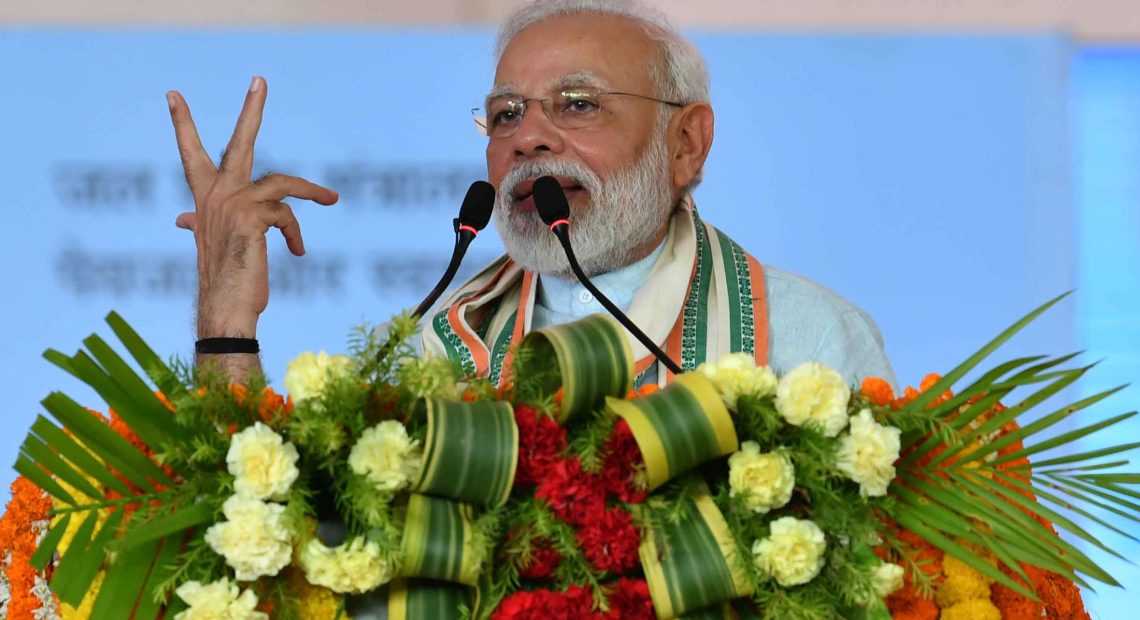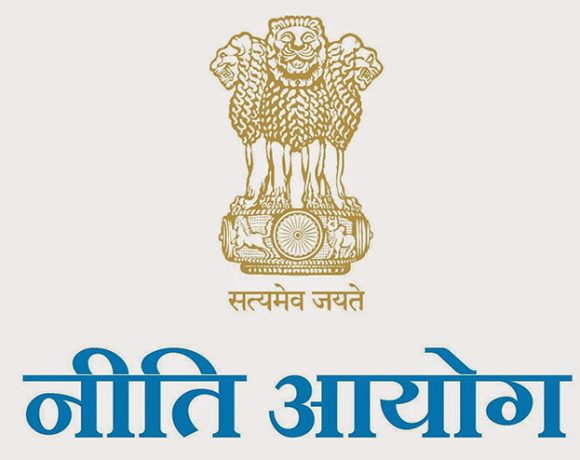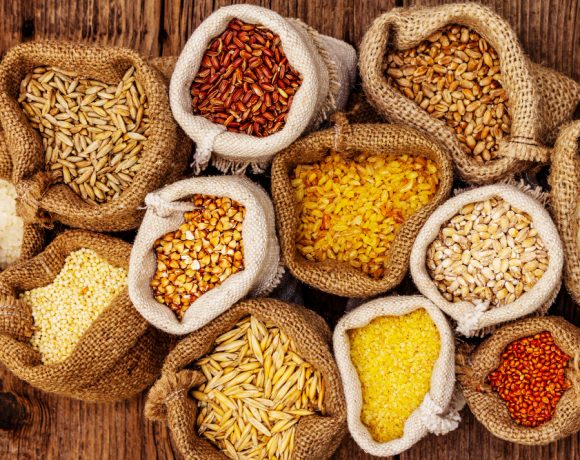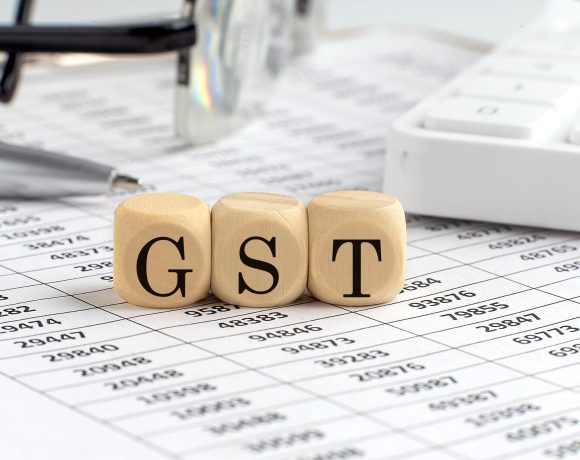
India’s Agricultural Exports Achieve Historic Milestones Under Modi Government
Under Prime Minister Narendra Modi’s administration, India’s agricultural exports have experienced a significant surge, with several products entering international markets for the first time. This expansion not only showcases the country’s diverse agricultural capabilities but also aligns with the government’s vision of ‘Aatmanirbhar Bharat’ (self-reliant India), aiming to empower farmers and boost rural incomes.
One notable milestone is the inaugural sea shipment of premium Indian pomegranates, specifically the Sangola and Bhagwa varieties, to Australia. This achievement enhances India’s fresh fruit market access in Australia, paving the way for more Indian produce to enter global supply chains. Similarly, the export of ready-to-drink fig juice made from the Geographical Indication (GI)-tagged Purandar figs to Poland marks a significant achievement in promoting India’s unique agro-products on the global stage. This follows an earlier export to Germany in 2022, indicating growing acceptance of Indian fig products in European markets.
The Modi government’s emphasis on GI tagging has played a pivotal role in this export boom. By certifying the unique origin and quality of products, GI tags have enhanced the marketability of Indian fruits and other agricultural commodities. For instance, the export of dragon fruit, locally known as ‘Kamalam’, to London and Bahrain has opened new avenues for this exotic fruit, which is cultivated in states like Gujarat and West Bengal. The government’s support for dragon fruit cultivation is evident in initiatives like the Mission for Integrated Development of Horticulture (MIDH), aiming to expand cultivation to 50,000 hectares by 2028. Additionally, the establishment of a Centre of Excellence for Kamalam at the Indian Institute of Horticultural Research in Bengaluru underscores the commitment to boosting domestic production and reducing imports.
Rice exports have also seen remarkable growth. India’s rice stocks reached a record high in December 2024, with reserves totaling 44.1 million metric tons, significantly surpassing the government’s target of 7.6 million tons. This surplus has enabled the country to lift most of the export restrictions imposed in 2023, thereby stabilizing global rice prices and reinforcing India’s position as a leading rice exporter. The relaxation of these restrictions has been particularly beneficial for African nations and Asian feed and ethanol producers, who rely on affordable rice imports.
The government’s proactive measures, including easing export restrictions on staples like basmati rice and onions, have further bolstered agricultural trade. These policy decisions not only support farmers by providing them with better market access but also enhance India’s reputation as a reliable supplier in the global agricultural market. The strategic focus on diversifying export destinations and promoting unique indigenous products has been instrumental in achieving this growth.
In summary, the Modi government’s concerted efforts to promote agricultural exports have yielded historic first-time shipments, expanded market access, and increased farmer incomes. Through initiatives like GI tagging, targeted cultivation support, and strategic policy reforms, India is making significant strides in showcasing its agricultural prowess on the global stage.


















